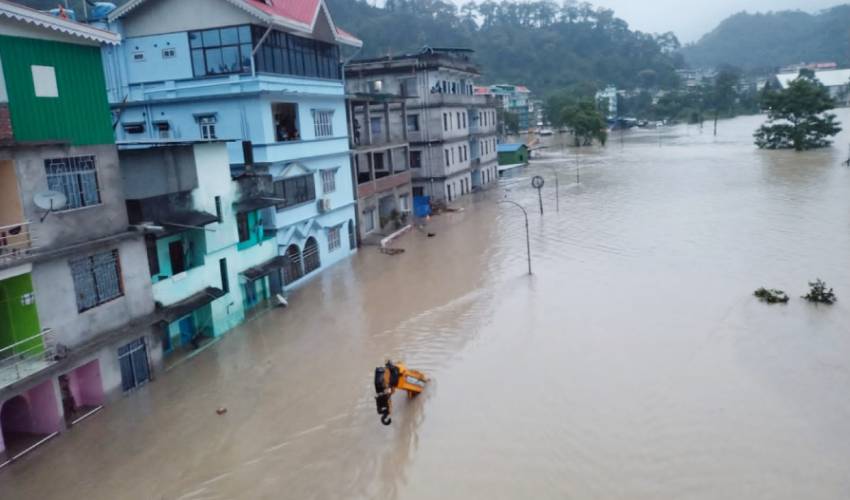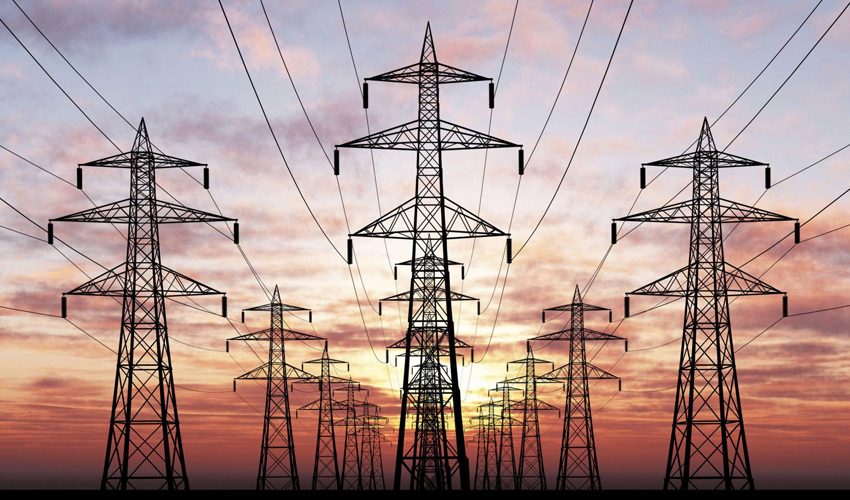A disaster struck the Indian Himalayas this week when a glacial lake, Lhonak Lake, in the northeastern state of Sikkim overflowed, leading to flash floods and extensive damage.
Government officials reported that at least 42 people lost their lives in the tragedy, with nearly 150 individuals still missing.
This incident, triggered by torrential rains and a possible avalanche resulting from a cloudburst, has been one of the most devastating in the region in over five decades.
The flooding had a significant impact on the lives of approximately 22,000 people in the affected area.
Residents described the terrifying situation as they received warnings of rising river levels in the middle of the night, prompting them to flee for safety.
Javed Ahmed Ansari, a 44-year-old resident of Teesta valley who runs a river rafting business, recounted the harrowing experience: "We ran towards the hill in the jungle... We saw houses getting swept away. I can now only see the first floor of our house which is filled with sand, everything is submerged."
Scientists and government authorities are actively collaborating on the development of an early warning system specifically designed for glacial floods at Lhonak Lake.
Once fully operational, this system is expected to provide residents with more time to evacuate in the event of such emergencies, potentially preventing future disasters.
This tragic incident is part of a broader pattern of extreme weather events in South Asia's Himalayas, which scientists attribute to the impacts of climate change.



























